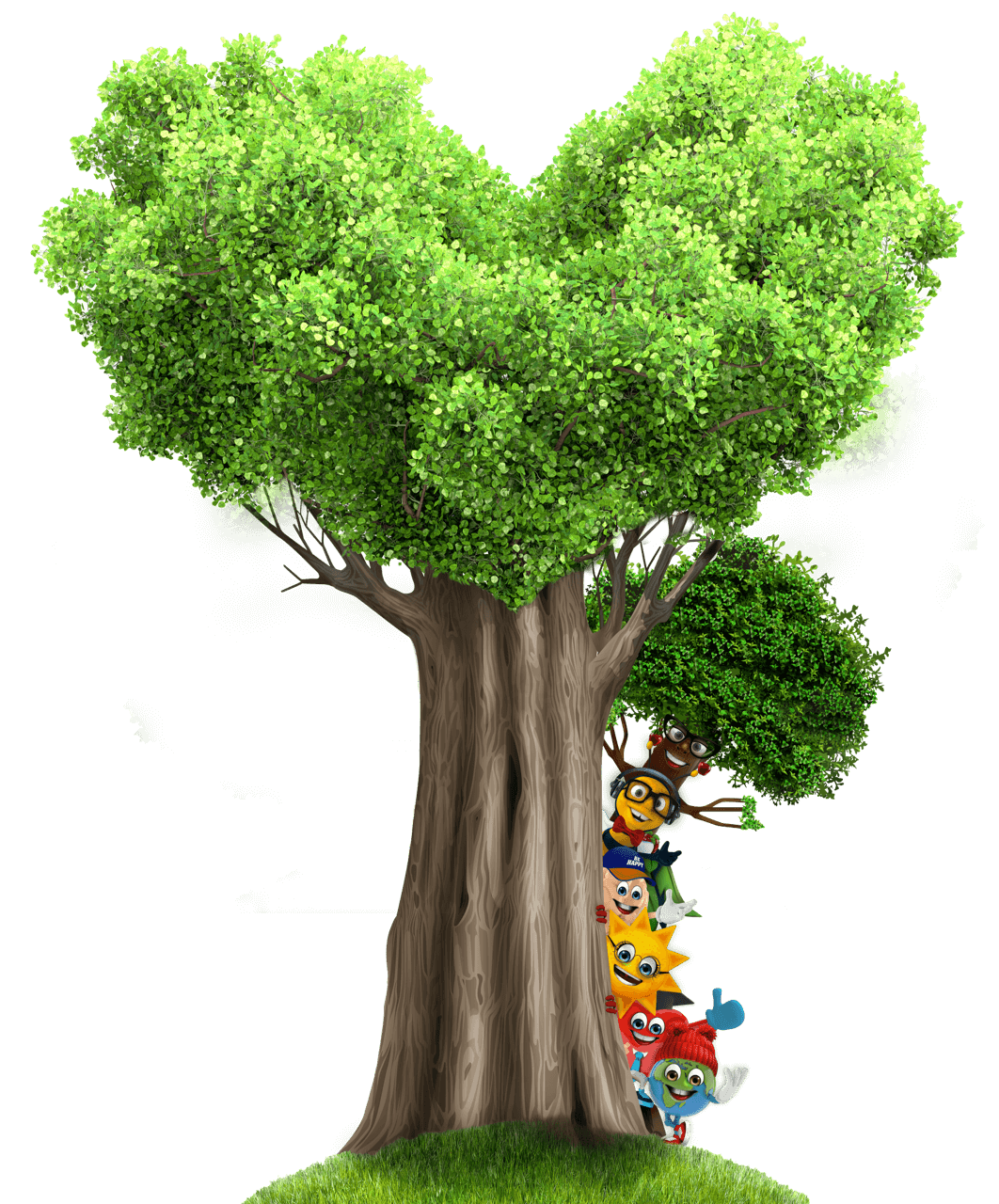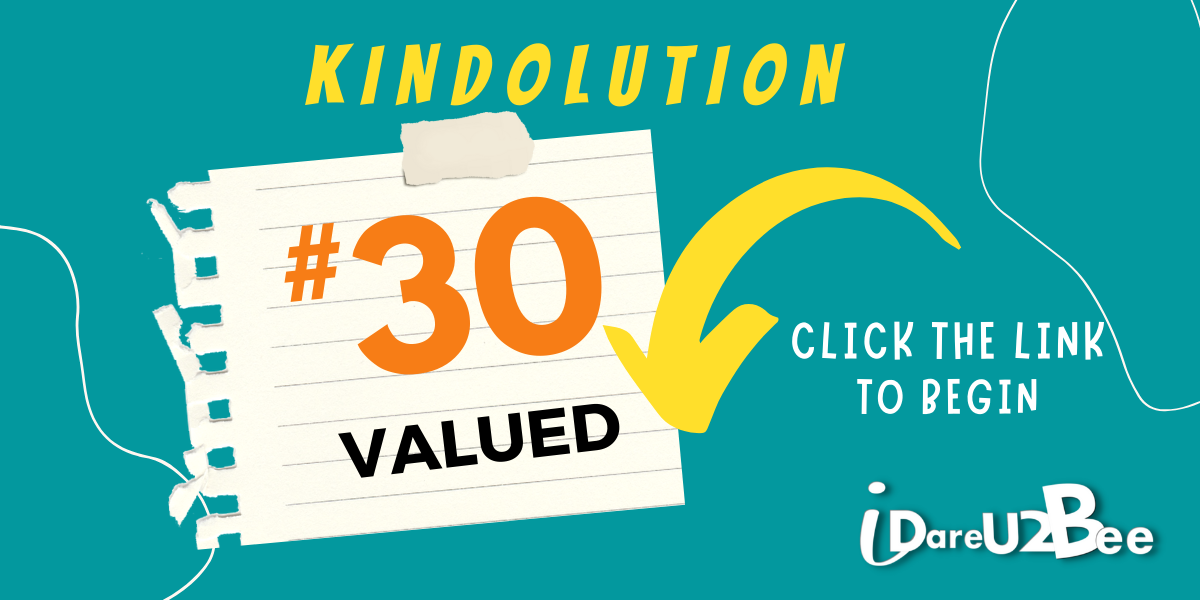It goes without saying that teachers deal with a lot: ever expanding demands, budget cuts, changing needs of their students and their parents, and the list goes on. There are very few professions in which people are expected to deal with as much disruptive change as that of teachers. Day in and day out, teachers’ expectations for how things are going to go, are not met, and perhaps the only constant is that there will be change. In her book Prosilience, Linda Hoopes discusses the importance of developing our personal resilience. Hoopes defines resilience as the ability to deal with high levels of challenge while maintaining or regaining high levels of effectiveness and well-being. The author explains that while we are all resilient, in an ever changing and more complex world resilience is an increasingly important life skill.
The bottom line is that we use energy to deal with challenging circumstances, whether that be emotional, mental, physical or spiritual. The more challenging the circumstance, the longer it lasts, the more energy we expend to deal with the disruption. The good news is there are seven characteristics that we all have, that can be developed over time to improve our overall resilience and have us get back to what we are committed to faster and with less impact.
While we could spend days talking about the specifics laid out in Linda Hoopes’s book, awareness is key. The intent of this conversation is to bring your attention to the different aspects of personal resilience so that you can start to distinguish actions you can take to improve your resilience and make your job as a teacher easier. The seven characteristics are:
Positivity is about your ability to see the opportunity in adversity. Are you someone who is empowered by challenges or do you become anxious, and see disruptive changes as a negative thing? The more you are able to see the positive even in the hardest of circumstances, the less energy you waste in negativity and avoidance behaviours.
In looking at Confidence, we are speaking about your belief in your ability to successfully deal with challenges. Do you prefer situations that require less effort or do you see setbacks as opportunities and have a clear sense of your personal strengths and weaknesses?
Priorities characteristic relates to your ability to identify and pay attention to the most important things. Do you burn yourself out trying to do everything or are you clear about your values and goals and are able to say “no“ without guilt?
Creativity is all about generating a range of possibilities and options, especially when dealing with challenging circumstances. Do you look for the one “right” or “best” answer or can you generate lots of new ideas, even embracing crazy ones?
Connection is all about building relationships with others and drawing on them as a source of support and new ideas. Those with low connection tend to prefer working alone and see asking for help as weakness. If your connection characteristic is high you see yourself as part of a community, reach out for emotional support and recognize when others could help.
Structure relates to your ability to create and apply effective systems, processes, and plans. If resisting routine, becoming impatient with the details, and trying to keep everything in your head sounds familiar, your structure muscle could be low. On the other hand, your muscle could be stronger if you build habits to use energy effectively, accurately estimate time and effort, and coordinate plans and actions.
Finally Experimenting is all about your willingness to try new and different approaches. Those with low experimenting feel comfortable with the familiar, enjoy “tried and true” approaches and prefer low levels of risk. If your experimenting muscle is strong, you try new ways of doing things, are willing to take chances even if you might fail, and deliberately stretch yourself beyond your comfort zone.
It’s important to note that your strength in these characteristics will be different under normal circumstances than they will be under challenging ones. Being highly resilient means you see possibility and hope in challenging situations, engage your energy in approaching challenges, direct your energy toward your most important goals, generate a wide range of possibilities and ideas, draw on others for resources and support, apply organization and discipline to use energy effectively, and take action in the face of uncertainty and learn by doing.
As teachers, being aware of these building blocks for personal resilience, will allow them to see the familiar patterns in which they deal with disruptive challenges, and help them interrupt those patterns, expending less energy, and reducing the impact the challenges have on their personal and professional lives.
With love,
Amber Howard








